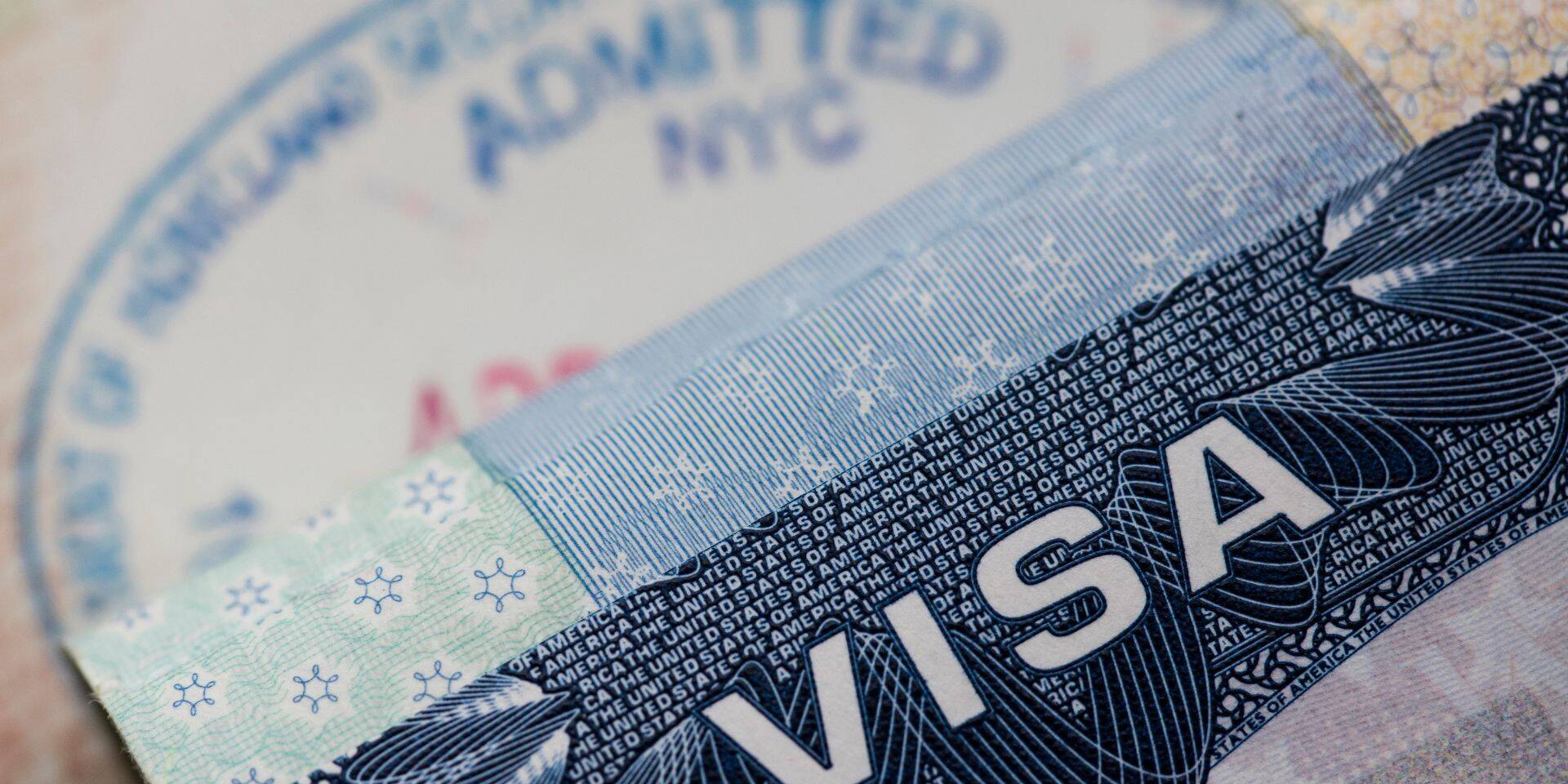In an effort to control border security, President Biden enacted measures to restrict asylum eligibility under specific circumstances. During high levels of illegal crossings at the southern border, individuals applying for asylum will be ineligible, with some exceptions. Further, the standard used when initially screening applicants will be raised. Finally, individuals deemed ineligible for asylum will more quickly be removed. The Biden administration notes that over three quarters of a million people have been removed or returned to their previous county in the last year, more than any fiscal year since 2010.
The restrictions are activated and remain active when there is an average of 2,500 or more illegal crossing encounters over a 7-consecutive-calendar-day period. They remain in effect for 14 days after illegal crossing encounters fall below 1,500 for a 7-consecutive-calendar-day-average.
Executive Action Overview
Effective June 3, 2024, President Biden temporarily halted entry to the U.S. from the southern border, whether by land or sea, for noncitizens. This denies asylum eligibility to those who cross the border without a legal basis. Further, the standard for fear screening is raised. Between these actions, more individuals who try to cross the border without a legal basis are also more quickly removed, heightening the consequences to those who try to cross the border illegally. These restrictions are in place until illegal crossing encounters fall below the required level, as noted above. If encounters rise again, the same restrictions are again activated.
Rule Process
Three updates to the Title 8 immigration are now in effect during times of high illegal border crossings:
- Noncitizens who cross the southern border without a legal basis are ineligible for asylum, with some exceptions.
- Only individuals who state a fear of return, persecution or torture, or those who intend to apply for asylum will be referred for a credible fear screening while the limitations are in effect.
- If the individual claims fear as noted above and they do not qualify for an exception, a higher standard per the Circumvention of Lawful Pathways rule will be applied during their credible fear interview.
Again, these rules are in effect during times of high illegal crossing encounters, as noted above, at the southern U.S. border.
Exceptions
Individuals exempt from the action include those who are lawful permanent residents, unaccompanied children, noncitizens with a valid visa or legal permission to enter the U.S., and victims of severe trafficking. Asylum eligibility continues for those noncitizens who apply at ports of entry through an approved process.
Importantly, individuals who do not qualify for an exception are ineligible for asylum, unless exceptional circumstances exist, including:
- Medical emergencies,
- Impending threat to life or safety, including murder, torture, kidnapping, or rape,
- Qualifies for the ‘victim of severe form of trafficking’.
Consequences
Noncitizens who fall under the action and do not qualify for any exception will be promptly removed from the U.S., with a minim five-year ban for reentry and possible criminal prosecution.
The proclamation and rule actively address illegal crossing at the southern U.S. border during times of high encounters. Although true immigration reform is required, these stopgap measures address the historically high level of illegal crossings and asylum claims. Limiting asylum eligibility and providing impactful consequences for those who cross the border illegally during times of high encounters is one step. Congress is called on to address the overall immigration system.
As always, ILBSG actively monitors ongoing updates to U.S. immigration policy. If you have questions about asylum eligibility or any other U.S. immigration related issue, contact us. Our team of attorneys works with each client, in their specific situation, to ensure they get the right advice.
Related Posts
May 8, 2025
Immigration Officials used Criminal Database for Student Visa Terminations
DHS revealed they used the FBI-ran NCIC…
May 5, 2025
Big Tech Provides ICE with New Immigration Tracking Software
Federal officials are teaming up with a…


